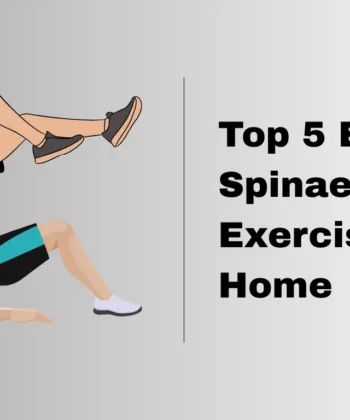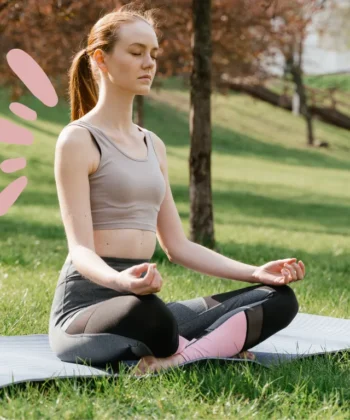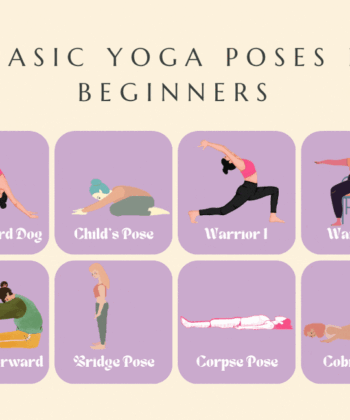
About 40% of pregnant women deal with constipation. It’s a common issue during this time. Looking for natural ways to ease constipation? Yoga poses for constipation during pregnancy can help. They are safe and effective.
These yoga poses gently help your digestive system. They relieve pressure and encourage regular bowel movements. As you practice, you’ll see better digestive health. This means less constipation and a more comfortable pregnancy.
Key Takeaways
- Constipation affects approximately 40% of pregnant women, making it a common issue during pregnancy.
- Yoga poses for constipation during pregnancy can provide natural relief and comfort.
- Specific yoga poses can help regulate the digestive system and reduce discomfort.
- Practicing yoga poses for constipation can improve overall digestive health.
- Yoga poses for constipation during pregnancy are a safe and effective way to alleviate symptoms.
- Regular practice can help reduce the likelihood of constipation and promote regular bowel movements.
- Yoga poses for constipation can be modified to accommodate different stages of pregnancy.
Table of Contents
Understanding Pregnancy-Related Constipation
During pregnancy, women often face constipation due to hormonal changes and the growing uterus. This can cause discomfort, pain, and make bowel movements hard. Yoga can help ease these symptoms.
What Causes Constipation During Pregnancy
Hormonal changes, less physical activity, and the growing uterus can cause constipation. Diet and fluid intake changes also play a part.
Common Symptoms and Concerns
Women may experience infrequent bowel movements, straining, and discomfort during pregnancy. It’s important to address these to avoid more problems.
Why Yoga Can Help
Yoga can help with constipation in pregnancy by stimulating digestion and easing intestinal pressure. Specific yoga poses can help regulate bowel movements and reduce discomfort.
Safety Guidelines for Prenatal Yoga Practice
When you try yoga poses for constipation and bloating, safety is key. Prenatal yoga is great, but you must listen to your body. Modify poses to fit your growing belly. Avoid poses that might hurt, like deep twists or bends. Instead, choose gentle poses that help you relax and aid digestion.
Here are some tips for yoga poses for constipation and bloating:
- Start slow and gentle, if you’re new to yoga or prenatal practice
- Pay attention to your body and stop if you experience any pain or difficulty
- Modify poses to fit your growing belly and changing center of gravity
- Focus on breathing techniques and relaxation to reduce stress and promote digestion
By following these safety tips and adding yoga poses for constipation and bloating to your routine, you can feel better. Always put your well-being first and listen to your body. If you have concerns, talk to a healthcare professional or a qualified yoga instructor.
Benefits of Using Yoga for Constipation Relief
Exploring yoga for constipation in pregnancy reveals many benefits. Yoga poses for constipation can improve your physical and mental health. They help reduce symptoms like bloating and discomfort, bringing calm and relaxation.
Key benefits of yoga for constipation relief include:
- Improved digestion and bowel function
- Reduced symptoms of constipation, such as bloating and discomfort
- Enhanced overall physical comfort and well-being
- Reduced stress and anxiety
- Improved mood and emotional balance
Physical Benefits
Yoga poses for constipation can stimulate bowel movement and improve digestion. Gentle stretches and movements loosen abdominal tension. This promotes a healthier digestive system.
Mental and Emotional Benefits
Yoga for constipation in pregnancy also benefits your mental and emotional health. It reduces stress and anxiety, bringing calm and relaxation. Regular practice helps you connect with your body, listening to your physical and emotional needs.
Best Time to Practice Yoga Poses for Constipation
Timing is key when it comes to yoga for constipation during pregnancy. Find a time that fits your body and schedule. Morning practice, on an empty stomach, can help stimulate bowel movement.
As your pregnancy progresses, your energy levels may fluctuate. Practice yoga when you feel most energized. This might be in the second trimester for some, or in the first or third for others. Always consult your medical professional before starting yoga.
Here are some tips for practicing yoga for constipation during pregnancy:
- Avoid practicing on a full stomach, as this can put pressure on your digestive system and worsen constipation.
- Be sure to drink lots of water before, during, and after practice to stay hydrated.
- Listen to your body and modify or rest when needed, if you experience any discomfort or pain.
Yoga can help with constipation symptoms and promote a healthier digestive system. Always prioritize your comfort and safety. If you have any worries, consult your medical professional.
Essential Yoga Poses for Constipation During Pregnancy
Yoga can be a big help when you’re pregnant and dealing with constipation. These poses help with digestion, improve blood flow, and ease pressure on your stomach. They can make you feel better and help with constipation during pregnancy.
First, know the different types of poses that can help. There are seated, standing, and gentle twists. Each type has its own benefits and can be adjusted to fit your needs.
Seated Poses
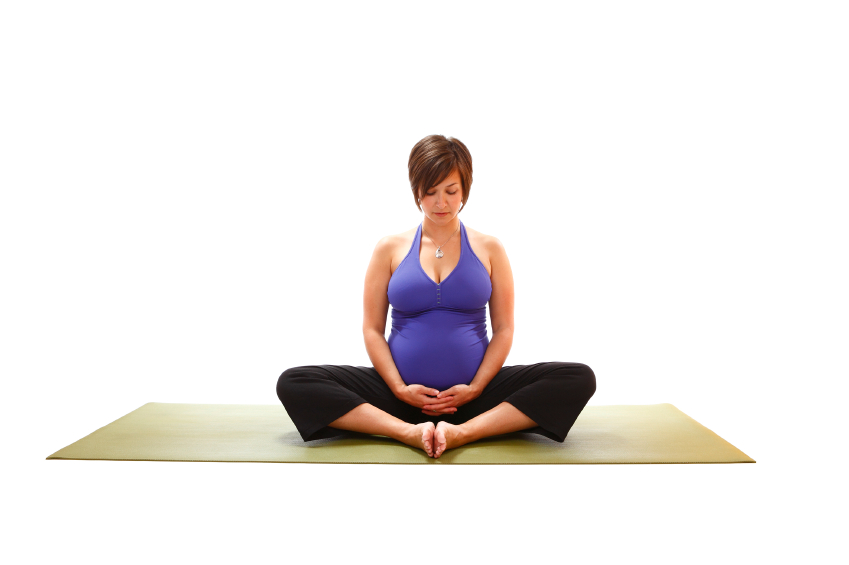
Seated poses are great for digestion and easing stomach pressure. Some good ones for pregnant women include:
- Baddha Konasana (Bound Angle Pose)
- Paschimottanasana (Seated Forward Fold)
- Janu Sirsasana (Head-to-Knee Pose)
Standing Poses
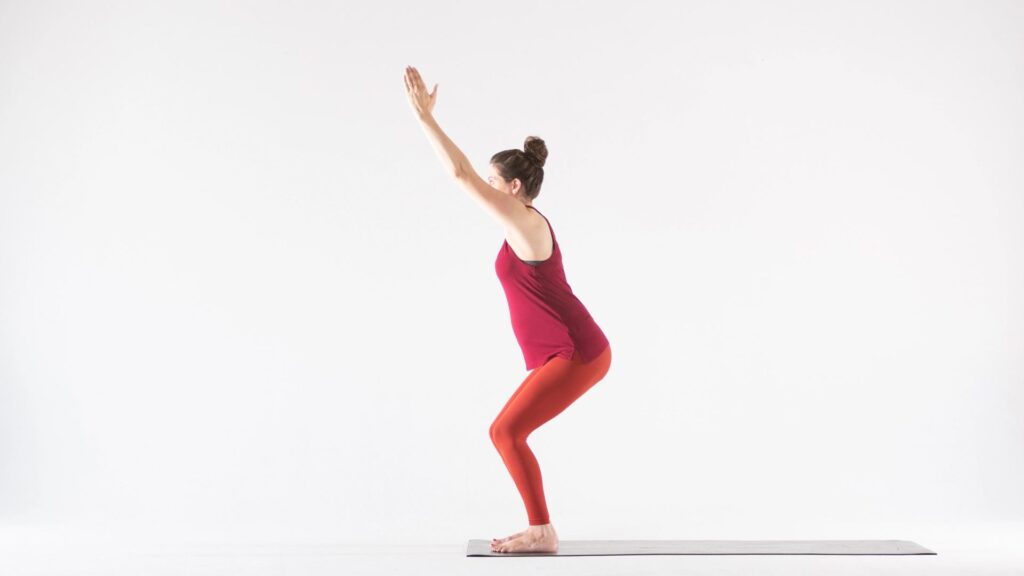
Standing poses boost blood flow and ease stomach pressure. Good ones for pregnant women are:
- Utkatasana (Chair Pose)
- Virabhadrasana (Warrior Pose)
- Tree Pose (Vrksasana)
Gentle Twists
Gentle twists help move your bowels and aid digestion. Good ones for pregnant women include:
- Bharadvajasana (Seated Twist)
- Marichyasana (Seated Spinal Twist)
Always listen to your body and adjust or skip poses that hurt. Adding these yoga poses to your routine can help with constipation and make your pregnancy better.
Modified Cat-Cow Pose for Digestive Health
Yoga poses can help with constipation and bloating during pregnancy. The modified cat-cow pose is a great example. It’s gentle yet effective for improving digestive health. This pose can help stimulate bowel movement and ease discomfort from constipation and bloating.
To do the modified cat-cow pose, start on your hands and knees. Inhale and arch your back, lifting your tailbone and head up. After exhaling, tuck your chin into your chest and arch your back. Let your head and tailbone drop towards the floor. Repeat this a few times, paying attention to your breathing and how your spine moves.
The modified cat-cow pose offers several benefits for digestive health. It can:
- Stimulate bowel movement and relieve constipation
- Diminish abdominal bloating and discomfort
- Improve overall digestive health and function
Adding the modified cat-cow pose to your yoga routine can be beneficial. It can enhance your overall health and well-being. Remember to practice gently and listen to your body, as it’s important during pregnancy. Yoga poses like the modified cat-cow pose are valuable for prenatal care.
Squatting Poses to Stimulate Bowel Movement
When you look into yoga for constipation during pregnancy, squatting poses are key. They stretch and tone the pelvic floor muscles, which can weaken during pregnancy. Adding squatting poses to your yoga can help with constipation and improve digestion.
To safely do squatting poses, it’s important to listen to your body. You might use a block or chair for support, or practice against a wall for balance. Malasana variations and supported squats are great for relieving constipation during pregnancy.
Modifying Squatting Poses for Pregnancy
- Use a block or a chair for support to reduce strain on the back and pelvis
- Practice the poses against a wall to help with balance and stability
- Listen to your body and modify the poses as needed to avoid discomfort or pain
Adding yoga poses for constipation during pregnancy, like squatting, to your routine can ease digestive issues. Always listen to your body and adjust poses as needed for a safe and effective practice.
Breathing Techniques to Support Digestion
When you do yoga for constipation in pregnancy, breathing techniques are key. Deep breathing can wake up your digestive system and lower stress. Stress often leads to constipation. By breathing deeply, your body relaxes and works better.
Try slow, deep breaths that fill your lungs fully. This can slow your heart and relax you, easing constipation. You might also want to try special breathing methods, like:
- Diaphragmatic breathing: This uses your diaphragm to help your digestive system and ease constipation.
- Alternate nostril breathing: It balances your breath and relaxes you, reducing stress and constipation.
Adding these breathing techniques to your yoga can help your digestion and ease constipation. Always listen to your body and adjust your practice to stay safe and comfortable. With time and effort, you can manage constipation and improve your digestive health during pregnancy.
Gentle Walking and Movement Between Poses
When you do yoga poses for constipation, moving gently between poses is key. It keeps your body flexible and relaxed. This helps your digestion and eases constipation symptoms. Simple steps or light stretches can do the trick.
Gentle walking and movement can also help with bowel movements and discomfort. Try walking meditation to focus on your breath and the ground. It calms your mind and reduces stress, which can help with constipation.
Benefits of Gentle Movement
- Improves digestion and reduces symptoms of constipation
- Helps stimulate bowel movement and relieve discomfort
- Calms the mind and reduces stress
Other than walking meditation, you can try standing movements. Shift your weight or swing your legs lightly. These actions keep your body flexible, making yoga poses for constipation easier. Adding gentle movement to your practice boosts its benefits and improves your digestion.
Props and Supports for Comfortable Practice
Exploring yoga for constipation in pregnancy is important. It’s key to focus on comfort and safety. Using props and supports can make poses easier on your body. Blocks, blankets, and straps can make your practice more comfortable and supportive.
Here are some props to consider for a better yoga experience:
- Blocks: Help extend your reach and maintain proper alignment in poses like seated forward bends and standing poses.
- Blankets: Provide cushioning and support for your joints, in weight-bearing poses.
- Straps: Assist with deepening stretches and maintaining proper form in poses like twists and forward bends.
Using these props can help you enjoy the benefits of yoga for constipation in pregnancy. It can relieve digestive discomfort and improve your overall well-being. Always listen to your body and adjust your practice as needed for a safe and enjoyable experience.
When to Avoid Certain Yoga Poses
When you do yoga for constipation in pregnancy, pay close attention to your body. Look out for signs that a pose might not be right for you. Feeling pain, discomfort, or dizzy can mean it’s time to change your pose.
Yoga can really help with constipation during pregnancy. However, it is important to prioritize your health and safety.
Watch for red flags like severe belly pain, vaginal bleeding, or a big drop in blood pressure. If you notice these symptoms, stop immediately and consult your physician. Also, if you have health issues like high blood pressure or placenta previa, you might need to skip or change some poses.
Red Flags and Warning Signs
- Severe abdominal pain or cramping
- Vaginal bleeding or spotting
- Dizziness or lightheadedness
- Headaches or migraines
- Shortness of breath or difficulty breathing
Alternative Options
If you can’t do certain poses, there are other ways to help. Try gentle stretches or breathing exercises. They can help with constipation without too much strain.
Working with a prenatal yoga teacher can also be helpful. They can give you special tips and changes to keep you safe and comfy.
Knowing the risks and taking care can let you enjoy yoga for constipation in pregnancy safely. Prioritize your health and always pay attention to your body. If you have any worries, don’t hesitate to get medical help.
Creating a Daily Yoga Routine for Digestive Health
To start a daily yoga routine for better digestion during pregnancy, pick poses that help with constipation and bloating. Set a time each day, like morning or early evening, for your yoga practice. Begin with simple stretches and then move to more active poses, like squatting and gentle twists.
A good daily routine might include:
- 5-10 minutes of gentle walking or movement to stimulate digestion
- 10-15 minutes of yoga poses for constipation and bloating, such as seated poses, standing poses, and gentle twists
- 5-10 minutes of breathing techniques to support digestion and relaxation
Always listen to your body and change your routine if needed. Drinking lots of water is also key. Adding yoga poses for constipation and bloating to your daily routine can ease digestive issues and improve your overall health during pregnancy.
Closing
Discovering yoga poses for constipation during pregnancy can change your life. These poses help with digestion and support your health. By doing yoga, you get many benefits for your body, mind, and spirit.
Every person’s journey is unique. Start out cautiously and be mindful of your body’s sensations. If you need help, talk to a prenatal yoga teacher or your doctor. With time and effort, yoga can become a valuable part of your pregnancy.
For more help and tips, check out trusted websites or join online yoga groups for pregnant women. Working with a prenatal yoga expert can also be very helpful. Use this chance to focus on your health and improve your digestion during this special time.
Also Read: What is the Best Ayurvedic Medicine for Arthritis?
Also Read: Chakra Yoga for Beginners: Unlock 7 Chakras in Human Body and Their Significance
Also Read: Easy Daily Yoga for Effective Weight Loss


